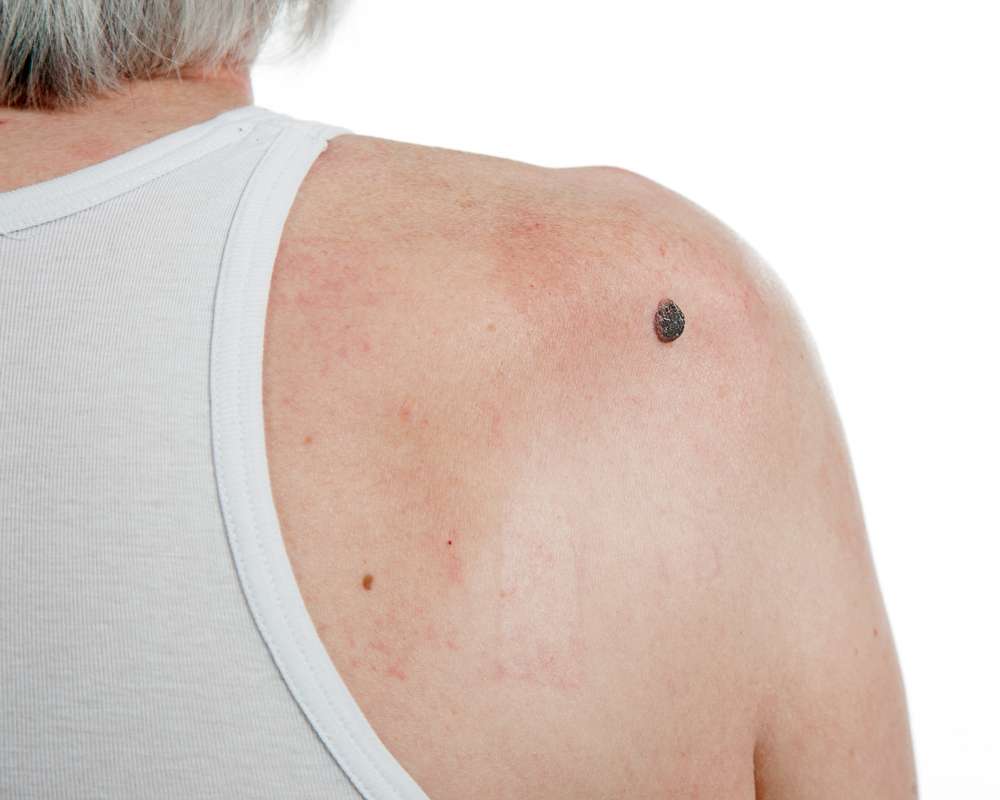Basal Cell Carcinoma Visual Symptom Guide
Recognizing the visual symptoms of basal cell carcinoma is crucial for early detection and treatment. As the most common form of skin cancer, basal cell carcinoma presents with distinctive characteristics that can be identified through careful skin examination. Understanding these visual indicators can help individuals, particularly the elderly who face higher risk, seek timely medical attention and improve treatment outcomes.

Basal cell carcinoma (BCC) is the most common type of skin cancer, accounting for approximately 80% of all skin cancer cases. While rarely life-threatening, early detection is essential for successful treatment and minimizing damage to surrounding tissues. This visual guide aims to help you identify the characteristic signs and symptoms of basal cell carcinoma, with particular attention to how it presents in different populations and on various body areas, especially the face where it commonly appears.
What Does Basal Cell Carcinoma Look Like?
Basal cell carcinoma typically appears as a small, flesh-colored or pearl-like bump on the skin that may be mistaken for a pimple that doesn’t heal. However, BCCs can manifest in several different ways. The classic presentation is a pearly or waxy bump with visible blood vessels (telangiectasias) on the surface. These lesions may also appear as flat, firm, pale areas resembling a scar, or as slightly elevated, reddish patches that might crust, itch, or bleed. A key characteristic is that these growths don’t heal completely or they repeatedly heal and break down again.
Basal Cell Skin Cancer Symptoms to Monitor
When monitoring your skin for possible basal cell carcinoma, be alert for several key symptoms. Persistent open sores that bleed, ooze, or crust for more than three weeks are concerning signs. Changes in existing moles or the appearance of new growths with irregular borders deserve medical attention. Shiny, translucent, or pearly nodules that may have blue, brown, or black areas are classic BCC presentations. Additionally, watch for pink growths with raised edges and a lower center, possibly with abnormal blood vessels spreading outward like spokes of a wheel. Scar-like areas that are white, yellow, or waxy with poorly defined borders may also indicate basal cell carcinoma.
How to Identify Basal Cell Skin Cancer
Identifying basal cell carcinoma involves regular self-examinations and awareness of the ABCDE rule commonly used for melanoma, which can be partially adapted for BCC:
- Asymmetry: BCC lesions are often asymmetrical
- Border: Irregular, notched, or poorly defined borders
- Color: Varied coloration within the same growth
- Diameter: While often small initially, growth over time is concerning
- Evolving: Changes in size, shape, color, or symptoms like itching or bleeding
Additionally, the “ugly duckling sign” can be helpful—any skin growth that looks different from others around it warrants attention. When performing skin self-exams, use a full-length mirror and hand mirror to check all areas of your body, including the scalp, between toes, and other easily overlooked areas.
Basal Cell Carcinoma on Face: Special Considerations
The face is particularly vulnerable to basal cell carcinoma due to its high sun exposure. On the face, BCC commonly develops on the nose, forehead, cheeks, and around the eyes. Facial BCCs may appear as small, pearly nodules with a central depression or ulceration. They might also manifest as flat, scar-like areas with raised edges or as red, scaly patches. Because of the cosmetic and functional importance of facial features, early detection of facial BCCs is especially important to minimize scarring and preserve normal appearance and function. Be particularly vigilant about changes to moles or growths in these areas, especially if you’ve had significant sun exposure throughout your life.
Basal Cell Carcinoma in Elderly: Increased Risk Factors
Elderly individuals face a significantly higher risk of developing basal cell carcinoma due to cumulative sun exposure over their lifetime. People over 60 account for approximately 50% of all BCC cases. In older adults, these cancers may grow more slowly but can be more extensive by the time they’re diagnosed. The elderly may also notice multiple BCCs developing simultaneously or over time. Skin changes associated with aging—such as thinning, dryness, and loss of elasticity—can sometimes make visual identification more challenging. Additionally, locations like the ears, scalp (especially in balding men), back of hands, and lower legs are common sites in elderly patients that require careful monitoring.
Treatment Options and Prevention Strategies
Treatment for basal cell carcinoma depends on the size, location, and aggressiveness of the tumor. Common approaches include surgical excision, Mohs micrographic surgery (especially for facial BCCs), electrodesiccation and curettage, radiation therapy, topical medications, and photodynamic therapy. The choice of treatment is individualized based on patient factors and cancer characteristics.
Prevention remains the best approach, with sun protection being paramount. This includes daily use of broad-spectrum sunscreen (SPF 30+), wearing protective clothing, seeking shade during peak sun hours (10 AM to 4 PM), and avoiding tanning beds. Regular skin examinations by a dermatologist are recommended, particularly for individuals with risk factors such as fair skin, history of significant sun exposure, previous skin cancers, or family history of skin cancer.
This article is for informational purposes only and should not be considered medical advice. Please consult a qualified healthcare professional for personalized guidance and treatment.




